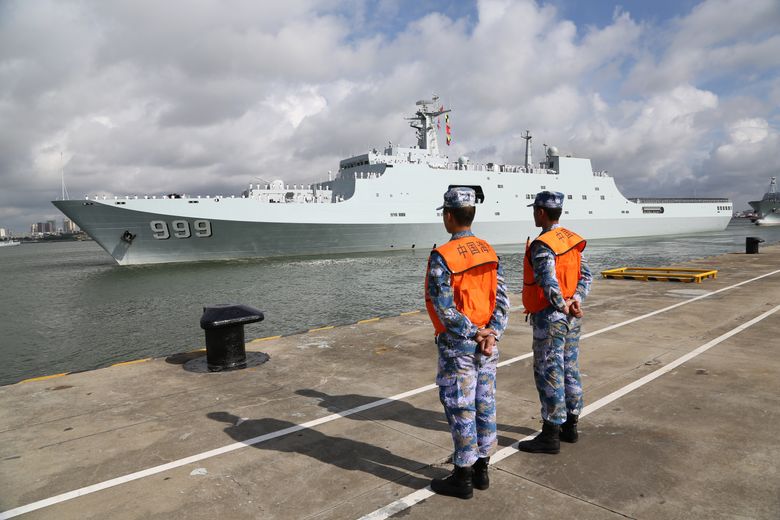 I might not have made it to work today without the help of a few tech companies. My phone, which runs Google's Android operating system, woke me up. I then used it to watch the news through my Google Chromecast on a television set and home theater system that I bought from Amazon. Driving to work, I listened to music that I'd purchased from Apple Inc. while using Google Maps to navigate the pervasive congestion on the roads of Austin, Texas. The first thing I did at work was to check my Twitter and Google email accounts on an Apple MacBook (likely containing some components that Stratfor's IT department got from Amazon). And that was just the start of the day.
I might not have made it to work today without the help of a few tech companies. My phone, which runs Google's Android operating system, woke me up. I then used it to watch the news through my Google Chromecast on a television set and home theater system that I bought from Amazon. Driving to work, I listened to music that I'd purchased from Apple Inc. while using Google Maps to navigate the pervasive congestion on the roads of Austin, Texas. The first thing I did at work was to check my Twitter and Google email accounts on an Apple MacBook (likely containing some components that Stratfor's IT department got from Amazon). And that was just the start of the day.
Of course, I'm part of a generation that depends on technology perhaps more than its predecessors do. But the reality is that a handful of tech companies have become so ubiquitous in our daily lives that their devices and algorithms are nearly inescapable. Each of the companies has become a juggernaut in its corners of the market, and their collective role in geopolitics has steadily grown to the point that it's now practically cliche to say that big data is the new oil. The comparison is apt, though. As it was for oil companies before them - and for steel companies before that - the growth of tech firms, and the effective monopolies they've established in certain areas, are concerns that Washington will eventually have to address. The only questions are when and how.


















